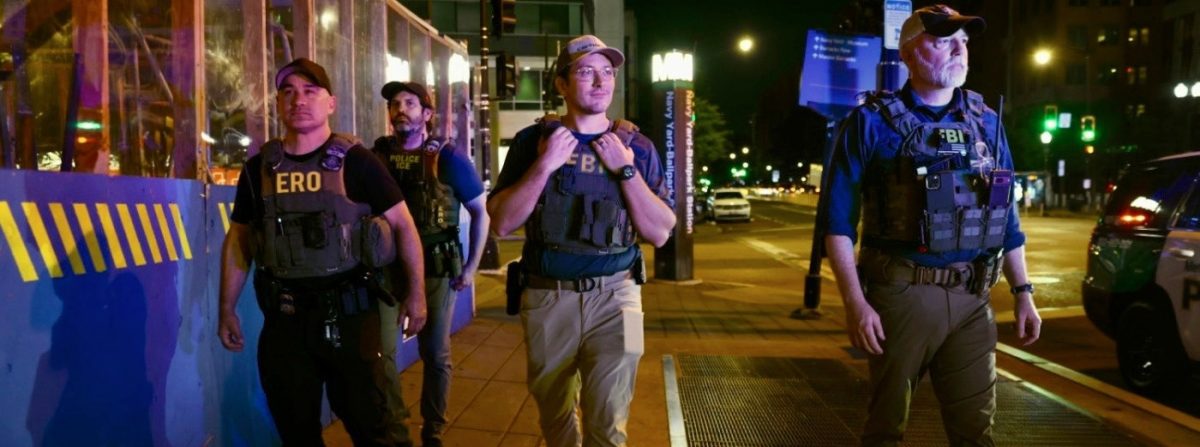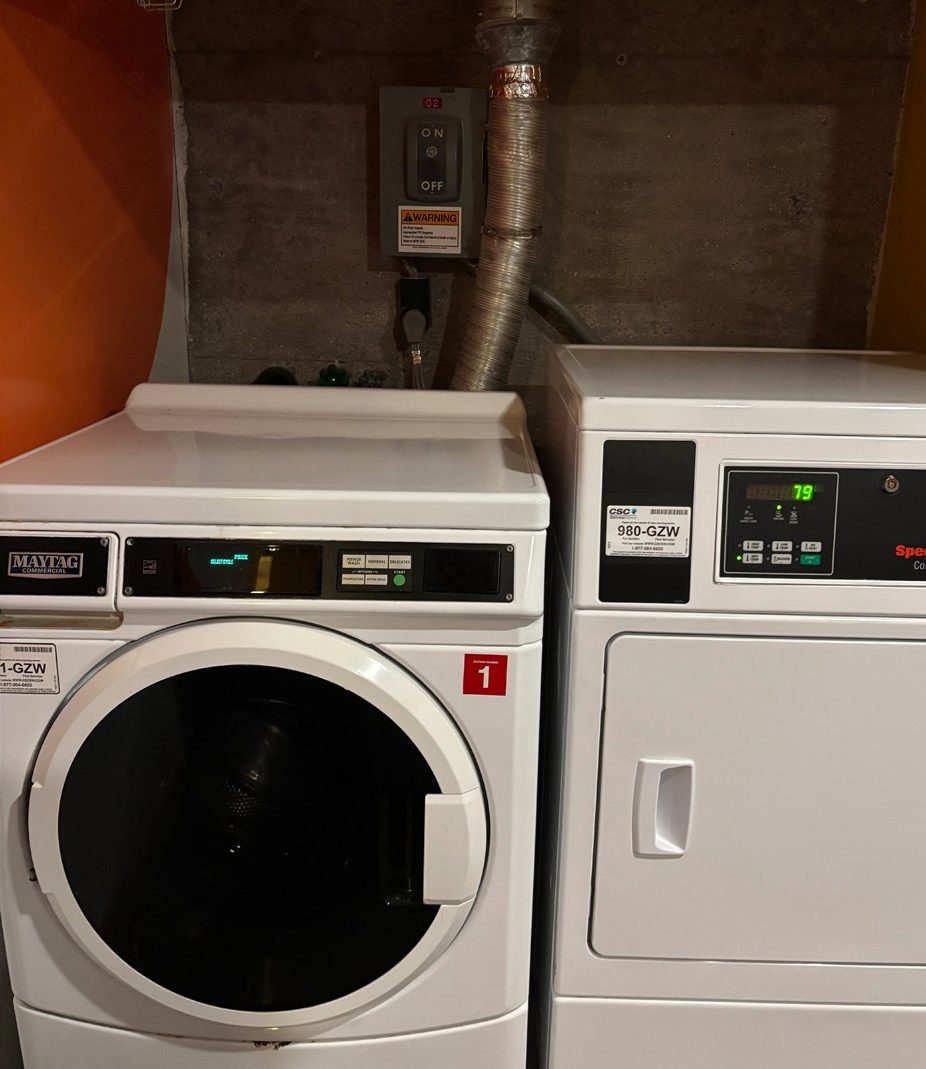
On the night of Feb. 8, 2019 in the KJ Auditorium, the Hamilton CAB screened
Boy Erased
(2018) a film based on Garrard Conley’s memoir of the same name and directed by Joel Edgerton. In the movie, protagonist Jared Eamons (Lucas Hedges) is pressured by his Baptist parents (Russell Crowe, Nicole Kidman) to undergo conversion therapy after being outed as gay by one of his classmates. When he attends the program, Jared finds that the conversion center implements appalling tactics to banish homoosexuality.
Unlike other coming-of-age films, Jared’s story is not romanticized;
Boy Erased
should potentially be avoided if one has experienced any sexual, physical, or emotional trauma. It contains a scene of sexual assault and Jared’s parents — particularly his father — condemn Jared’s sexuality as a severe moral transgression. The film depicts the conversion tactics the conversion program utilizes, such as demanding patients to confess extremely personal experiences and psychological and physical abuse. The conversion center also cuts off outside communication from participants and forbids them from sharing program information outside the center. The film frames conversion therapy as an ugly, torturous process that makes innocent LGBTQIA+ individuals suffer.
Boy Erased
also displays the after-effects conversion therapy inflicts upon LGBTQIA+ persons. Though Jared eventually escapes the program, the rest of his life is not an entirely happy ending; years later, he carries mental scars which accelerate the deterioration of his relationship with his father.
Most importantly, the film suggests that conversion therapy can perpetuate an increase in suicide rates for LG-BTQIA+ individuals. Near the film’s ending, Jared receives a visit from the police informing him that his fellow program-mate, Cameron, has committed suicide. After receiving this painful news, the rest of the dialogue becomes muted and the scene only shows the police officers as they interview Jared.
Not only does
Boy Erased
graphically display the conversion center’s cruelty, it simultaneously emphasizes how the process of conversion is ultimately based on a pseudoscience. One particular scene shows conversion counselors issuing a list of so-called “sins” that could have caused homosexuality, which includes mental illness and gambling. In another scene, Jared’s mother reads a conversion therapy pamphlet and notices multiple typos, which to her calls the center’s legitimacy into question. After enrollment in the program for a few weeks, Jared confesses to his father that the program’s activities have not changed his feelings about men at all. These details eventually culminate in the climactic scene in which Jared escapes the conversion center by contacting his mother.
“What are your actual qualifications, Mr. Sykes?,” Jared’s mother shouts at the conversion therapy leader before driving her son to safety. “Are you a psychologist? I mean, a proper one? Are you?”
In addition to condemning conversion therapy,
Boy Erased
portrays characters with multifaceted personalities and complex motives to deliver a concise level of realism to Jared’s story. Though Jared’s mother is a strict Baptist who initially considers conversion therapy a proper treatment for Jared, she undergoes an enormous character arc — all thanks to Nicole Kidman’s remarkable acting skills — which ultimately makes her more than just an intolerant-parent archetype.
The film similarly depicts the diverse personalities for Jared’s fellow program-mates in attempting to deconstruct any stereotypes that every LGBTQIA+ individual acts the same way. A few patients of the program actually believe that conversion therapy will change their sexual orientation, while others merely pretend to act straight in order to escape the program. One such character, Gary (played by Troye Sivan,) advises Jared to do the same for his own safety. Though Sivan’s speech seems to address a fictional character, it simultaneously delivers a serious message to the film’s audience — that many LGBTQIA+ people today must hide their sexualities in the name of survival.
Overall,
Boy Erased
concisely delivers an important message for the public. It shows the disturbing realities of conversion therapy for LGBTQIA+ individuals without seeming too didactic. In addition, the film delivers this message in such a way that conveys the horrors of conversion therapy, while maintaining a level of respect for real-life victims. The film leaves its protagonist as he writes articles about his experience in protest against conversion therapy. This could be constructed as a subtle hint for the audience to join him in his advocacy. Thirty-six states in the US still hold conversion therapy legal.
Boy Erased
hopes this fact could soon change with enough collective support.

























